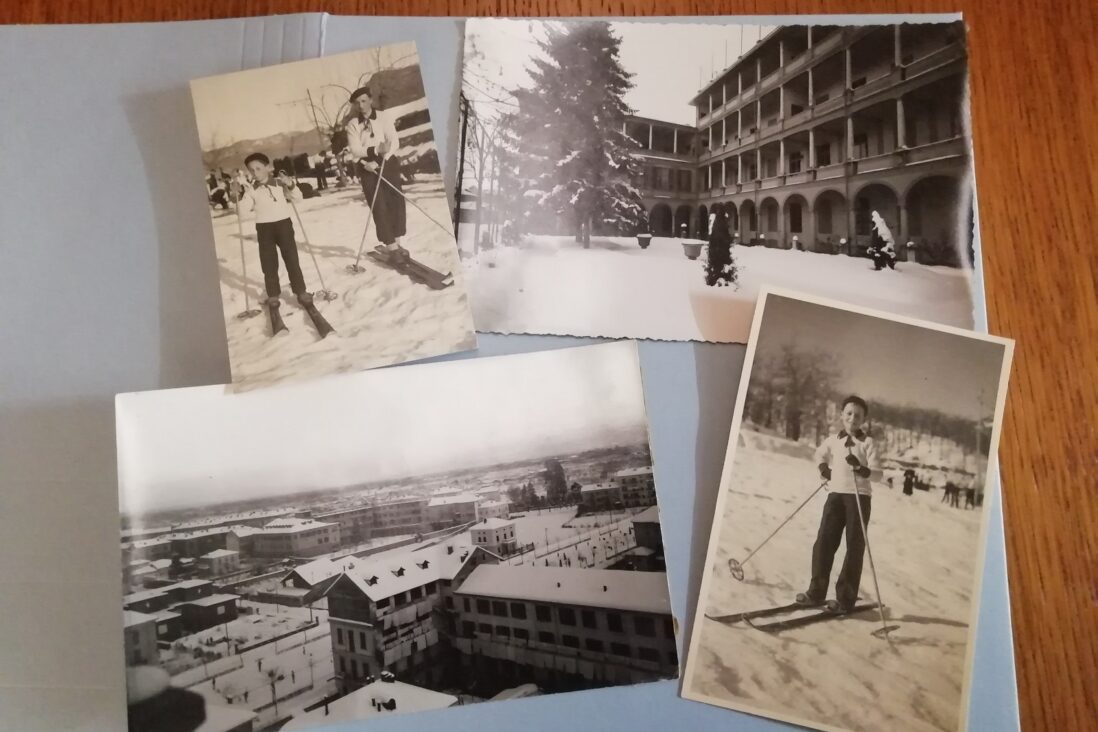Wolves weather in Porterè?

Everyday life, apostolate, commitments, fathers going and fathers coming, menu list, there is a great deal of information in the diaries of the house, sometimes even the weather. Let’s find out together what the weather was like in Puerto Rico at the end of the 19th century.
In the past we have read about the cold winter, complete with heavy snowfall, in the Brescia area, an event that led the community to debate the issue of heating.
Leafing through the diaries at home, we may notice small references to atmospheric events, but this is often fragmentary and non-sequential information.
This is why Portorè’s diary from 1888 – 1889 is so interesting for those who study the climate from a historical perspective, or even for those of us who browse through the pages of everyday life in the past.
Portorè, today Kraljevica, a maritime town in Croatia overlooking the Adriatic Sea, was the seat of the novitiate of the Venetian-Milanese Province at the time; the diaries and documentation of the residence are preserved in our historical archive.
From the very first pages, the diary’s author, and later his successors, made daily reports on the weather and atmospheric events.
From 13 November 1886 until November 1888, we know almost for every day the climate and weather conditions, which were to put a strain on the Jesuits’ lives.
Notes on precipitation are immediately noticeable: ‘rainy’, ‘rainy’ ‘very rainy’.
However, it is the wind that is the protagonist, with frequent notes on the ‘big wind’, which are mainly divided into two types: ‘scirocco’ and ‘Bora’.
The latter, as the inhabitants of Trieste are well aware, raged so often that, depending on its intensity, it is declined as ‘borino’, ‘borone’ ‘borino bello’, ‘borin’.
Situated about a hundred kilometres from Trieste, on the opposite side of the Istrian peninsula, Portorož had a very similar climate, even in the spring months, the diary records frequent negative weather comments such as ‘always stormy’ (27 May 1887), a month and a half earlier, on 16 April, there had been ‘nerve, bora’ and ‘frozen boron’.
March madness had brought ‘rainy’ weather with ‘siroccone’, even ‘stormy weather in the morning’.
The bora, which could blow in fine weather ‘borino bello’, often brought with it other weather phenomena ‘borino neve e acqua’.
The weather was better in the summer, and ‘very hot’ was often recorded.
The weather descriptions are very articulate, from ‘beautiful’ to ‘good weather’, from ‘bad’ to ‘leaden sky’, ‘varied’, ‘strong bora’, ‘foggy’.
And the appellation ‘boron’ or ‘strong bora’ must have been fitting if on 30 December 1887 the bora ‘broke in several places in the house about 15 sheets (of glass), in some places with bricks or tiles thrown through the air.’
We have no photographs of those days in Puerto Rico, but here are photos of some snow-covered communities and a class outing in the snow.
Maria Macchi











